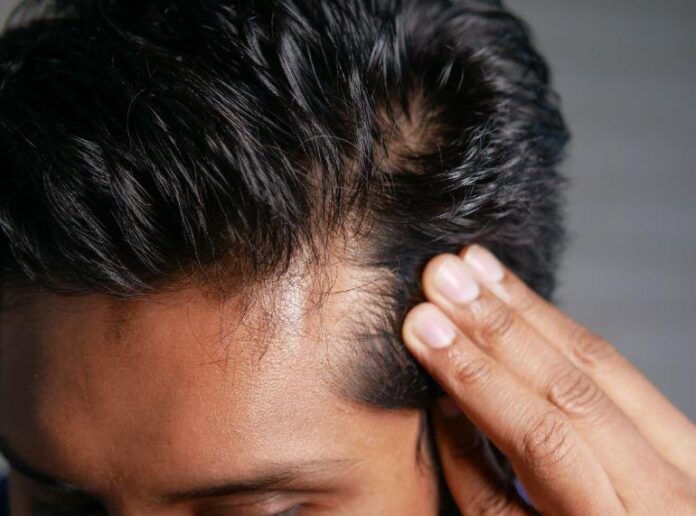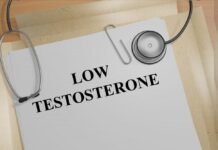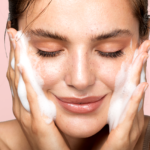Hair thinning rarely begins with sudden, dramatic shedding. It often develops quietly, with a little less volume at the crown, a wider parting, or a ponytail that feels thinner than before. Preventing hair thinning before it starts means understanding what damages follicles long before visible loss appears, and creating an environment where growth remains steady. The most effective prevention combines scalp care, nutrition, stress management, and protective habits that keep follicles active. In simple terms: if the follicle stays healthy, the hair remains strong.
Early intervention is key because follicles do not regenerate once they shrink completely. Supporting them before the damage becomes permanent can make the difference between temporary shedding and chronic thinning. Modern research shows that nutrition, hormone balance, and inflammation control all determine how long each strand stays in its growth phase. Acting early gives you control, not just over how your hair looks today, but over how well it resists thinning in years to come.
Why Hair Starts Thinning
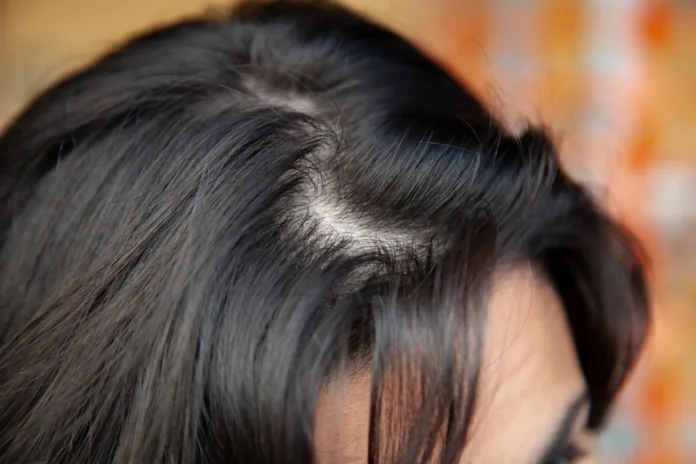
Hair grows in repeating cycles of growth (anagen), rest (telogen), and shedding (catagen). At any given time, about 85 to 90 percent of scalp hair is in the growth stage. When this balance shifts, when more hairs enter resting or shedding stages, visible thinning follows. Genetics certainly influence this cycle, but external factors often accelerate it.
Stress hormones, nutritional deficiencies, thyroid or reproductive imbalances, harsh styling habits, and environmental toxins all weaken the follicle’s base. When circulation in the scalp declines or inflammation builds, follicles receive less oxygen and nutrients, leading to shorter and weaker strands. Women may notice diffuse thinning during hormonal changes such as pregnancy or menopause, while men often experience receding hairlines or crown thinning due to DHT sensitivity.
The early signs are subtle: more hair on your pillow, slower growth, or greater visibility of the scalp under light. Recognizing these clues and taking preventive action before major shedding begins is the most reliable way to preserve density naturally.
The Role of the Scalp: Healthy Roots Grow Healthy Hair

A healthy scalp functions like fertile soil for a plant. Follicles rely on oxygen, moisture, and balanced sebum to thrive. When oil, dead skin, or product residue clogs the pores, follicles suffocate and gradually shrink. Regular scalp care prevents this cycle and helps maintain a stable growth environment.
Gentle cleansing every few days with a sulfate-free shampoo keeps the surface clean without stripping protective oils. Occasionally, either with a mild scrub or a soft brush, remove buildup and stimulate circulation. This improved blood flow delivers essential nutrients and hormones that regulate follicle activity.
Maintaining scalp pH also matters. Overly alkaline shampoos or chemical treatments disrupt the natural microbiome, inviting irritation or dandruff, which can further obstruct follicles. A balanced routine that includes proper hydration, mild cleansing, and oxygenation supports resilience over time.
| Scalp Care Factor | Why It Matters | Preventive Tip |
| Sebum balance | Prevents follicle blockage and dryness | Wash 2–3 times weekly with mild shampoo |
| Circulation | Delivers oxygen and nutrients | Massage scalp for 3–5 minutes daily |
| Microbiome stability | Reduces inflammation and dandruff | Avoid harsh detergents or strong alcohols |
| pH balance | Maintains a healthy barrier | Use pH-balanced products (4.5–5.5) |
A calm, nourished scalp is the most overlooked yet fundamental aspect of hair thinning prevention.
Strengthening Follicles from Within
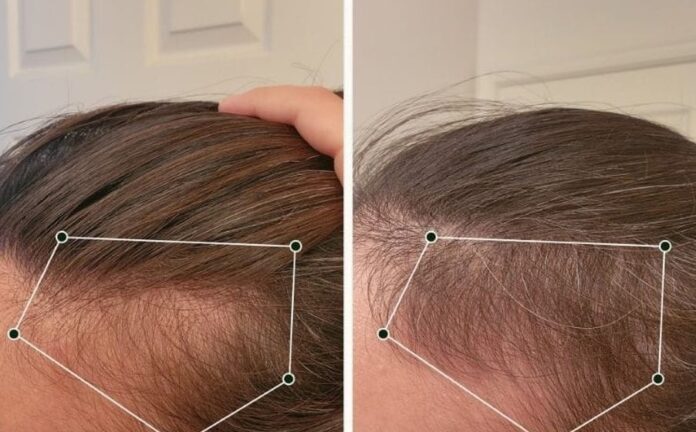
Hair is composed primarily of keratin, a protein built from amino acids, vitamins, and minerals delivered through the bloodstream. If your diet lacks these components, the body prioritizes essential organs over hair, leading to slow growth or increased shedding. Nutrition directly determines how fast new hair forms, how strong it becomes, and how long it remains anchored in the follicle.
Iron and zinc are two minerals most commonly linked to thinning. Iron deficiency reduces oxygen delivery to follicles, while zinc supports the repair of the follicular tissue. Vitamin D helps regulate the growth cycle, ensuring that dormant follicles reactivate when they should. Biotin, part of the B-complex family, reinforces keratin structure, and omega-3 fatty acids reduce scalp inflammation that can trigger hair miniaturization.
| Nutrient | Main Function | Common Food Sources | Deficiency Sign |
| Iron | Oxygen transport to follicles | Red meat, lentils, spinach | Shedding, dull strands |
| Zinc | Tissue repair, growth support | Pumpkin seeds, shellfish, nuts | Brittle hair, slow growth |
| Vitamin D | Regulates hair cycle | Fatty fish, egg yolks, sunlight | Dormant follicles |
| Protein | Builds keratin | Eggs, tofu, lean meat | Weak, thin strands |
| Biotin (B7) | Supports keratin synthesis | Almonds, whole grains, eggs | Breakage, slow regrowth |
| Omega-3 | Anti-inflammatory effect | Flaxseed, salmon, walnuts | Dry scalp, brittle texture |
Even with a balanced diet, stress, restrictive eating, or poor absorption can deplete reserves. That is why consistent use of well-formulated hair health supplements can help sustain adequate nutrient levels. These supplements usually combine vitamins, amino acids, and minerals that promote keratin production and combat oxidative stress within the follicle. They are not instant fixes but gradual reinforcements, supporting long-term hair density by filling nutritional gaps modern diets often leave behind.
The Stress-Hormone Connection
Chronic stress remains one of the most underestimated triggers of early hair thinning. Elevated cortisol levels narrow blood vessels in the scalp and disrupt the normal growth-rest cycle, pushing more hairs into shedding phases at once. This process, known as telogen effluvium, often appears two or three months after a stressful event.
Long-term psychological pressure, overwork, lack of sleep, and financial anxiety can quietly reduce hair volume even in people without genetic predisposition. Managing stress through structured rest, moderate physical activity, and regular outdoor exposure helps restore hormonal equilibrium. Adequate sleep strengthens melatonin regulation, which indirectly affects scalp repair and immune balance.
In women, hormonal shifts from pregnancy, thyroid disorders, or menopause can heighten sensitivity to DHT. Men, on the other hand, experience progressive follicle shrinkage when DHT binds to receptors on the scalp. Maintaining stable hormone levels through medical supervision, a balanced diet, and stress control helps slow this transformation. Early testing and guidance from a trichologist can identify whether your thinning stems from hormonal or external causes.
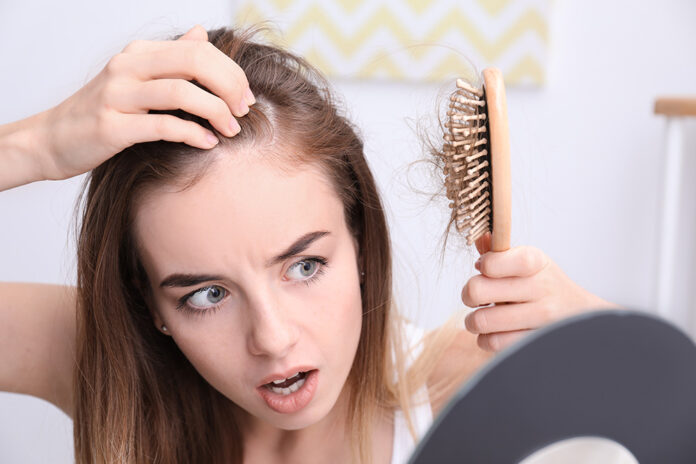
Protecting Hair From Everyday Damage
Mechanical and environmental damage accelerate thinning even in healthy individuals. Heat styling, tight hairstyles, harsh brushing, or UV exposure all weaken the shaft and root over time. Wet hair is particularly fragile, stretching up to 30 percent more than dry hair, which leads to microtears in the cuticle. Over months or years, this cumulative breakage gives the illusion of reduced density.
Simple protective measures can prevent this outcome. Let hair dry partially before combing. Choose wide-tooth brushes that reduce tension and friction. Avoid hairstyles that pull on the roots for extended periods, such as tight buns or braids. Environmental protection is equally important: exposure to UV light, pollution, and chlorine causes oxidative stress to both hair proteins and the scalp barrier.
| External Factor | Effect on Hair | Prevention Strategy |
| Heat styling | Breakage and dehydration | Limit heat, use protectant spray |
| UV and pollution | Oxidative damage | Wear hats or antioxidant serums |
| Tight hairstyles | Traction alopecia | Alternate styles, loosen grip |
| Chemical treatments | Cuticle erosion | Space out dyes or perms |
Preventive habits may seem minor individually, but collectively create a resilient defense against premature thinning.
Recognizing Early Warning Signs
The difference between temporary shedding and permanent thinning often depends on timing. When you start noticing more hair on the pillow or brush, or when light reflects off the scalp in ways it didn’t before, it’s time to act. Early intervention can restore balance, but once follicles miniaturize completely, regrowth becomes much harder.
Trichologists can assess follicular density and inflammation through dermoscopy, a non-invasive imaging method. If detected early, mild topical treatments or nutrient adjustments are usually enough to reverse the process. Waiting too long often means switching to more intensive therapies such as microneedling or low-level laser therapy.
Long-Term Routine and Consistency
Hair care is a slow science. The average hair grows about one centimeter per month, which means meaningful change requires at least three months of steady care. Many people switch products or habits too quickly, expecting immediate results, but true prevention relies on consistency.
A sustainable routine involves gentle cleansing, nourishing the scalp, ensuring adequate nutrition, and maintaining mental balance. Each component supports the others: proper blood flow delivers nutrients, which in turn strengthen follicles that then resist stress and aging. Even small daily actions sleeping well, hydrating, and protecting from heat, accumulate into visible strength and stability.
When to Seek Professional Help
If shedding continues for more than three months despite balanced care, medical evaluation is essential. Dermatologists can identify underlying triggers such as low ferritin, thyroid issues, or autoimmune conditions. Early pharmacological options like topical minoxidil, peptide-based serums, or low-level laser therapy are far more effective when started before visible patches develop.
The goal of professional care is not just to restore lost hair but to preserve active follicles before they shut down. Combining medical insight with lifestyle stability ensures a higher chance of maintaining density throughout adulthood.
Final Thoughts
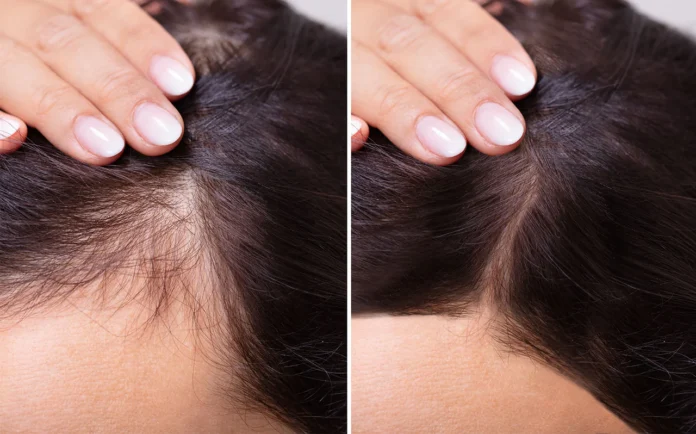
Preventing hair thinning before it starts requires patience, observation, and respect for the biology of growth. A calm scalp, nourished follicles, and a balanced nervous system create the environment where hair remains vibrant. Think of prevention as a routine investment rather than a reaction to loss. The earlier you protect the follicle, the longer it continues to thrive.
Hair resilience begins inside the body and reflects outward. By maintaining internal balance, external protection, and consistent habits, you preserve not just appearance but the health that supports it. Thinning does not have to be inevitable; it can often be prevented through steady, informed care and long-term attention to detail.

